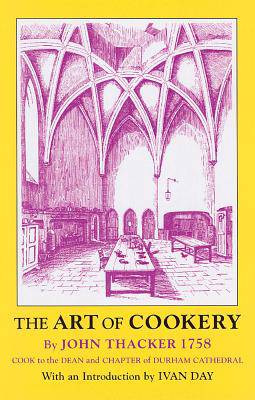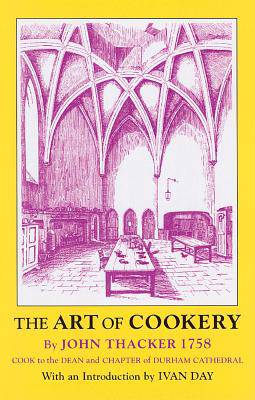
- Afhalen na 1 uur in een winkel met voorraad
- Gratis thuislevering in België vanaf € 30
- Ruim aanbod met 7 miljoen producten
- Afhalen na 1 uur in een winkel met voorraad
- Gratis thuislevering in België vanaf € 30
- Ruim aanbod met 7 miljoen producten
Zoeken
Omschrijving
The Art of Cookery is the only book of its kind to have come out of an English religious community. It is also that very rare thing, a cookery book of the English 18th-century that has the author's own recipes throughout; nothing seems to have been plagiarized or borrowed from other writers. The Dean of Durham Cathedral, who employed the author, had a lavish grant for entertaining and his generous hospitality meant that his cook had to cater for all levels of society, from canons of the Cathedral with sophisticated tastes such as the gourmand Dr. Jacque Sterne, to tradesmen, poor widows, and those of even more modest status. Thacker's book keeps many pre-Reformation recipes and thus shows the gradual transition in the Cathedral's eating habits. This facsimilie is introduced by the well-known food historian Ivan Day who examines the recipes and reveals the remarkable tradition of ecclesiastical hospitality that survived at Durham for more than eight hundred years.
Specificaties
Betrokkenen
- Auteur(s):
- Uitgeverij:
Inhoud
- Aantal bladzijden:
- 384
- Taal:
- Engels
- Reeks:
Eigenschappen
- Productcode (EAN):
- 9781870962209
- Verschijningsdatum:
- 31/12/2004
- Uitvoering:
- Hardcover
- Formaat:
- Genaaid
- Afmetingen:
- 150 mm x 223 mm
- Gewicht:
- 671 g

Alleen bij Standaard Boekhandel
+ 61 punten op je klantenkaart van Standaard Boekhandel
Beoordelingen
We publiceren alleen reviews die voldoen aan de voorwaarden voor reviews. Bekijk onze voorwaarden voor reviews.











